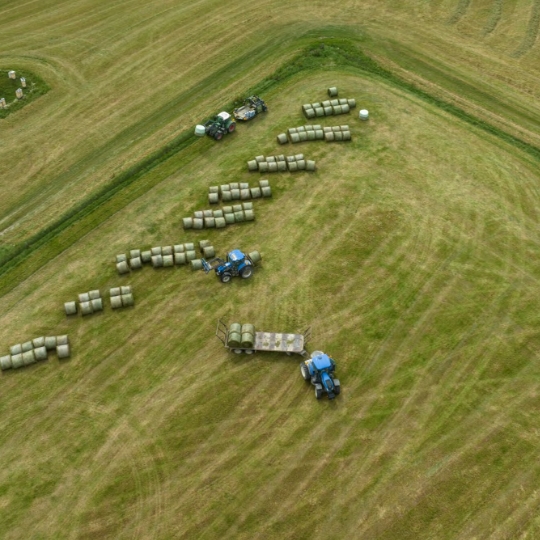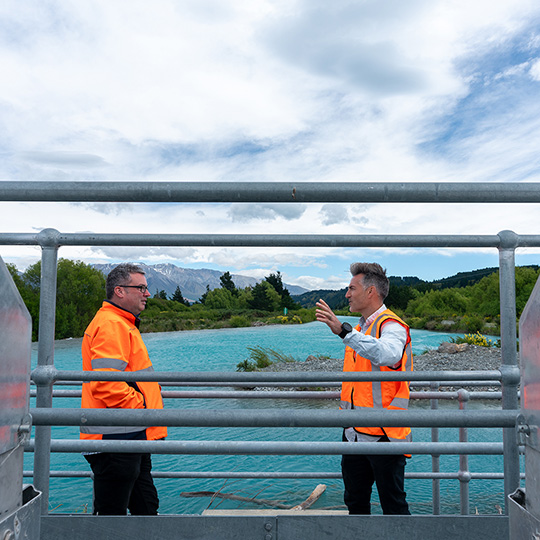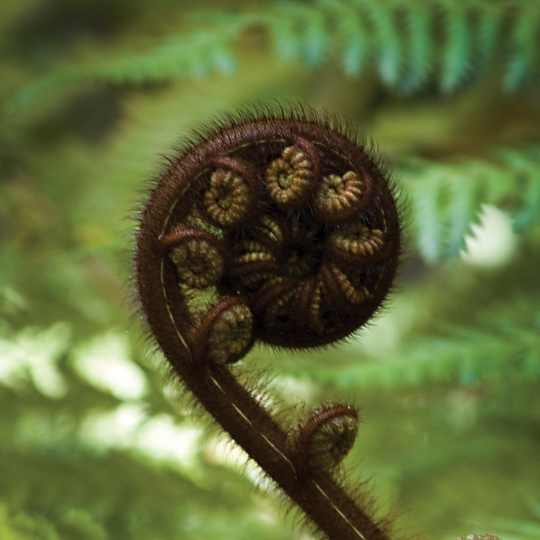

FAQs.
Here you’ll find the most Frequently Asked Questions about the Scheme and the use of Water.
What is Central Plains Water Limited?
Central Plains Water Limited (CPWL) is the largest irrigation scheme in the South Island, supplying irrigation to approximately 45,000 hectares with the consented potential to deliver irrigation to 63,000 hectares of land between the Rakaia and Waimakariri Rivers. CPWL is run based on cooperative principles and is owned by 397 proud farmers – each one of our farmers knows that water is a precious taonga, critical to sustaining life – a value that plays a key role in every part of our business.
How much water does CPWL take from the rivers?
The Take and Use Water Permit sets out the amount of water that can be used yearly for farming while leaving enough for the environment. These consents sit at the heart of the scheme driving compliance. Of the total water available (5.3 billion m3) in the Rakaia River each year, 2.0% is used by CPWL shareholders, and of the total water available in the Waimakariri River over the year (2.6 billion m3), 0.24% is used by CPWL shareholders. Water takes are monitored at 15-minute increments every day, 365 days per year. This data is made available to the regulator annually as part of the schemes’ compliance reporting.
What is the economic impact of CPWL?
The operations of CPWL have a profound impact on the wider Canterbury economy, with flow-on effects rippling throughout the region’s industries, businesses, and employees. CPWL is proud to deliver sustainable water to power Canterbury’s agricultural economy. Our water delivery supports the food and fibre sector and employment of 2135 FTE’s (direct and indirect) In 2018, $4.3 billion of food and fibre exports were shipped from our closest local port – Lyttelton. (Latest available data).
What is CPWL’s impact on the aquifers?
CPWL operations are aligned with the vision of the Canterbury Water Management Strategy (CWMS), and we are committed to doing our bit to deliver on CWMS outcomes. By taking low-nutrient alpine water from the river in a controlled way, shareholders reduce water abstraction from groundwater wells. As a result, more water is left in aquifers, contributing to water quantity goals within the CWMS. Annually ~50 million cubic metres of groundwater is retained in the aquifers because of CPWL farmers switching off their bores and utilising run-of river scheme water. This is resulting in beneficial increased flows in lowland streams.
What are farmers doing to improve their environmental performance?
Every farm on the CPWL scheme has a Farm Environment Plan (FEP) and must have an independently audited FEP – which includes a nutrient reduction target, one of the scheme’s key environmental pillars. Nutrient discharge levels are 29% lower in 2023 than they were at the commencement of the scheme, because of the adoption and continual improvement of management practices by our shareholders.
How reliable is the water from the Rakaia River?
40,000ha of the scheme is supplied from the Rakaia River (Stages 1 and 2), and 45,000ha is supplied from the Waimakariri River (Sheffield scheme). Run-of-river water is ~65% reliable, which is not sustainable for agriculture.
To deliver water reliability to shareholders on Stages 1 and 2 an agreement was reached between CPWL and Manawa Energy Ltd (formally Trustpower Ltd) for CPWL’s consented water to be captured and stored in Lake Coleridge. When the Rakiail river flow drops and CPWL is unable to take water due to flow restriction, CPWL takes the released stored water which effectively ‘sits on top of minimum flow levels and is compliant with the Rakaia River Water Conservation Order (WCO). CPWL shareholders pay for stored Rakaia River water they use.
How do water allocations work?
Environment Canterbury publishes irrigation restrictions for each day depending on the river flow. Water restrictions determine how much water CPWL can take from the river. CPWL then allocate the daily water available to shareholders; if there is a water shortfall, shareholders can purchase CPWL stored water from Lake Coleridge. Note that as the river drops, CPWL consents are some of the first consents to have their water takes restricted on the river.
How is CPWL improving biodiversity?
CPWL works with landowners to protect and enhance indigenous biodiversity and establish new habitats. This includes restoration and enhancement of native biodiversity values on the Canterbury Plains, which is essential for securing our future. CPWL manages 71,000 ha of land through shareholders FEPs (Farm Environmental Plans). This provides a unique opportunity to enhance ecological health at a meaningful scale through various actions, such as targeted planting of appropriate species on wetlands and riparian margins. For example, areas along the Rakaia, Selwyn and Hororata Rivers have been identified as being of local and regional significance, especially regarding mahinga kai.
What is the Central Plains Water Environmental Management Fund (EMF)?
Over the past five years, CPWL has contributed $1.63 million through the Central Plains Water Environmental Management Fund (EMF) to various projects that enhance biodiversity in the catchment area. The EMF was established as part of the CPWL consents, with annual contributions being made to the fund. The EMF is administered by a committee allowing representatives from the community, iwi, environmental and recreational interests, and local councils. Projects selected for funding by the committee include wetland enhancement, projects that minimise nutrient losses to lowland streams and riparian planting.



